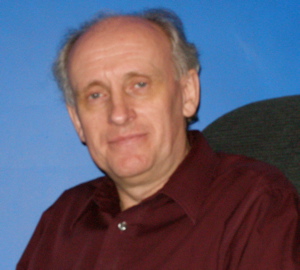As I said already I'm a principal research scientist with the Laboratory for Nuclear Science, LNS, at the Massachusetts Institute of Technology, MIT, in Cambridge, Massachusetts. Within LNS, I work as part of the Hadronic Physics Group to study the structure of nucleons and few-nucleon systems.
This is a particularly interesting area of study as it is the transition region between high energy physics and nuclear physics. In high energy physics, nucleons are made up of quarks and gluons. Inside the nucleon the quarks are practically independent particles (asymptotic freedom) and their distributions are well described by quantum chromodynamics, QCD (see the impressive results from the ZEUS Experiment). On the other hand in nuclear physics, the nucleons are generally considered as fundamental particles in their own right and the nuclear force is a phenomenological interaction. This nuclear force should derive from the screened or residual effect of the strong force but it is beyond present calculations.
More striking is that many well know properties of the nucleons like: mass, spin, and magnetic moment; originally thought to be simply explained in terms of the parton model; turn out to be not so simple. Less than 2% of the nucleon mass can be attributed to the valence quarks. Similarly, experiments have shown that only 20-30% of the nucleon spin of 1/2 comes from the quarks and only about 30% of the magnetic moment. The role of the sea guarks and the gluons inside the nucleons clearly have a significant role in these nuclear properties but so far experiments to measure these contributions have not solved the accounting problem.
Perhaps Lattice QCD will eventually solve these problems and verify that our present understanding is correct. But perhaps there is still something missing. Therefore it is necessary to provide the best measurements possible on nucleon structure in this region of interest to constrain theoretical calculations. It is particularly important to provide spin-dependent measurements so all details of the interaction can be studied. Thus experiments like BLAST and STAR and future facilities like an electron-ion collider (see Future) are important. I look forward to contributing to these experiments and learning the explanations behind these fundamental questions.
